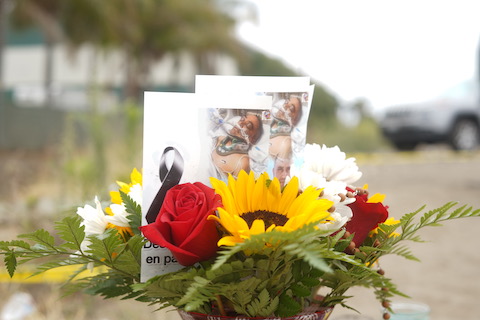
18 Jul Vigils, Raids and a Deadly Fall: ICE Crackdown Rocks California

Flowers and a photo of him in his hospital bed on life support memorialize Jaime Alanis who died after falling 30 feet from a roof at the Camarillo farm where he worked during an immigration raid. (Denis Perez-Bravo / The CC Pulse)
Editor’s note: Photojournalist Denis Perez-Bravo reported from Camarillo, Los Angeles, Palo Alto and San Francisco.
Story and photos by Denis Perez-Bravo
Indigenous prayers have filled the tense air outside the Los Angeles Metropolitan Detention Center since July 11, the day after immigration raids at two California farms, including one that turned deadly. Activists have held a vigil around the clock each day in protest of recent federal immigration operations.
“We hold an Indigenous vigil here every night in front of the MDC,” said AK, who declined to provide her full name.
- An Indigenous woman blesses a protester outside the Metro Detention Center in Los Angeles.
On Friday, however, L.A. police removed the activists and blocked off the street to deter people from gathering. It is not yet clear whether the protest will be relocated or disbanded.
Meanwhile, there have been confrontations across Southern California between Immigration and Customs Enforcement agents and residents.
On July 10, Camarillo farmworkers Francisco Lopez, 35, and Eduardo Ortega, 35, rushed to Glass House Farms, a licensed cannabis facility, after learning of an ICE raid in progress to look for their friend Abraham who worked there. Lopez said they were blocked from approaching by federal agents who aggressively pushed back a crowd.
- When Eduardo Ortega, left, and Francisco Lopez heard about the immigration raid at the Glass House Farm in Camarillo in Ventura County, they rushed there in search of their friend and fellow farmworker Abraham. Two days later, they still had no idea where he was.
By noon July 12, they still hadn’t heard from Abraham and couldn’t find his name on any online ICE detention list, Ortega said. According to news reports, agents fired rubber bullets and tear gas at people attempting to obstruct federal vans.
Another raid happened concurrently at the Glass House Farm in Carpinteria. Between the two farms, more than 360 people were arrested, making this one of the largest immigration enforcement operations of this Trump administration.
A farmworker, who preferred to stay anonymous, was present at the Camarillo raid.
She said 800 workers were detained — regardless of their immigration status — and that those not arrested ran or hid underground for several hours until the raid ended.
The July 10 raid resulted in the first confirmed death of the recent immigration enforcement campaign. Camarillo resident Jaime Alanis, 57, fell 30 feet from a rooftop while being chased, breaking his neck and skull. He was taken off life support July 13, his niece told The Associated Press.
“What’s happening to immigrants right now in the United States is a form of ethnic cleansing,” said Christina Harb, 32, a teacher from Berkeley and resident of Contra Costa County. “It’s not that different from what’s going on in Gaza.”
- Some activists have drawn parallels between current immigration enforcement in the U.S. and what’s happening to Palestinians in Gaza. Here, people protest on July 15 outside the San Francisco immigration court.
Harb is a granddaughter of Palestinians who experienced the 1948 Nakba in which an estimated 750,000 Arab residents of Palestine were violently displaced. “Right now, what we’re seeing is the Trump administration going after mostly Latino and Haitian folks that are darker-skinned,” she said, citing Alligator Alcatraz.
Alligator Alcatraz is the official name of a new detention facility in the Florida Everglades. According to the Miami Herald, of 700 detainees there, 250 had only immigration violations, with no criminal convictions or pending charges.
Similarly, in June, the seven-county area surrounding Los Angeles saw 2,031 arrests by ICE agents. Of those, 1,381 had no criminal convictions, the Los Angeles Times said. More than half had never been charged with any crime.
In the East Bay and San Francisco, volunteer attorneys report that asylum seekers have been arrested after court hearings if cases are denied, despite normally having the right to appeal. Mission Local says 30 people have been arrested.
The Trump administration says its campaign is a deterrent to border crossings. Previously, first-time border crossers were rarely prosecuted. Now, even individuals without criminal histories are charged with illegal entry.
The campaign employs mass trials of up to 80 people. Individuals are charged, tried, convicted and sentenced within hours. Advocates say this violates due process, especially when language barriers prevent effective legal defense.
- Immigrants have been arrested immediately after attending required hearings, prompting protests outside immigration courts like this one July 15 in San Francisco.
Harb was among hundreds outside Palantir Technologies in Palo Alto, protesting the company’s contracts with ICE and role in what demonstrators called ethnic cleansing.
“Palantir is complicit in the ethnic cleansing of the Palestinians and the ethnic cleansing of our immigrant communities here in the United States,” she said.
Palantir has held ICE contracts for more than a decade. It was awarded a $30 million contract in April to develop the Immigration Lifecycle Operating System, or ImmigrationOS, surveillance platform.
A document from the U.S. government’s System for Award Management says Palantir is the only provider capable of building the platform. It supplies ICE with its Investigative Case Management system, used by Homeland Security.
In another SAM document, ICE says that ImmigrationOS would make immigration enforcement more efficient, streamlining the process “from identification to removal” and “minimizing time and resource expenditure.”
Harb represents the CALSTRS Divest campaign, pushing for the state teachers’ retirement system stop investing in defense contractors and surveillance companies including Palantir, Lockheed Martin and Boeing.
Nursing student Jessica K. joined a recent protest outside a San Francisco immigration courthouse where demonstrators hoped to deter ICE arrests. But there was no ICE presence. “I don’t trust the police when they say they are not collaborating with ICE,” she said.
- “As things fall apart and public services are divested from, what remains is the police,” says Jessica K., a Contra Costa College nursing student, at a protest outside the San Francisco immigration court.
A San Francisco Standard report supports her skepticism. It says San Francisco and Oakland police logs show automated license plate reader data has been shared with federal agents, which is against state law. The report also points to breaches that may have allowed federal access. Both departments are investigating compliance with state Senate Bill 34 and the California Values Act.
Jessica is also concerned about San Pablo police, the city’s license plate surveillance system, and approval of a regional training facility known as “Cop City,” which is set to cost $47.25 million as of April.
Closure of Doctors Hospital a decade ago, lack of urgency for an adequate replacement and the “sketchy” way the facility was approved might be a precursor to criminalization of unhoused and lower-class residents, she says.
The money spent on police could have alleviated problems with housing or healthcare but created a way to label more people as criminals. “As things fall apart and public services are divested from, what remains is the police,” she said.




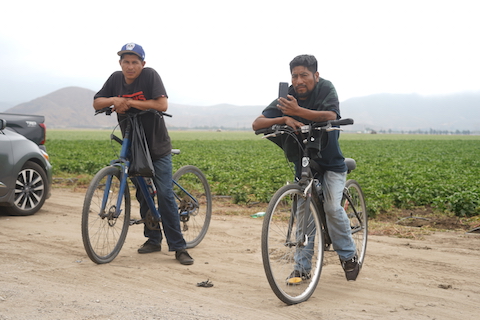
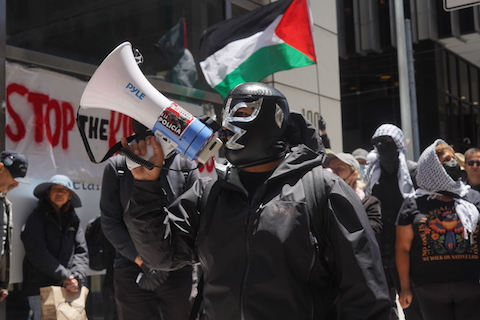
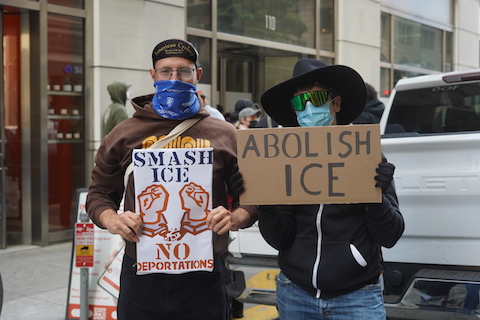
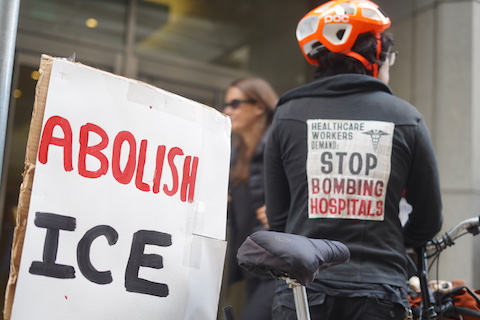
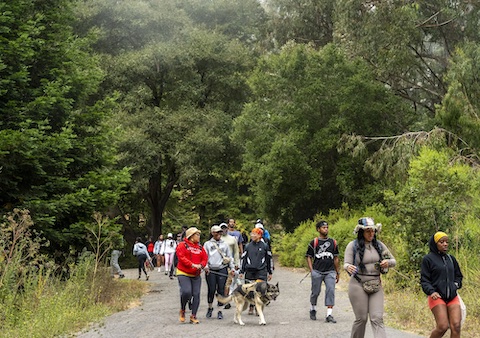


No Comments